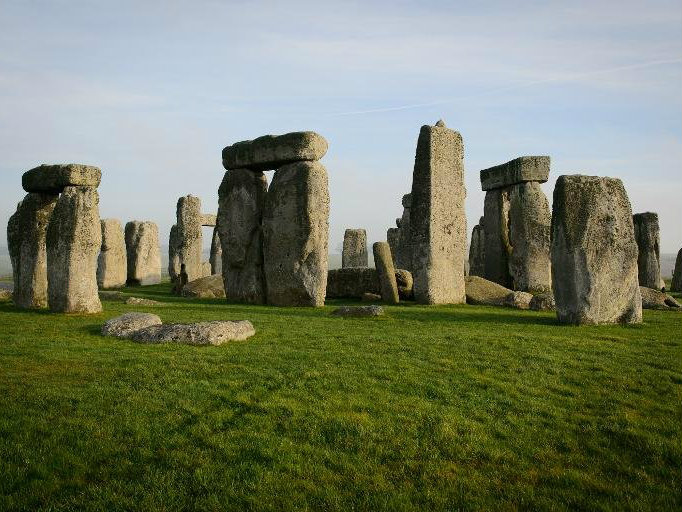A vast complex of monuments surrounding Britain’s prehistoric Stonehenge site has been revealed using hi-tech underground scanning, archaeologists said Wednesday.
The mysterious circle of standing stones, on Salisbury Plain in southwest England, is one of the most iconic ancient sites in Europe and was long thought to stand alone.
But high-resolution scanning of the 12 square kilometres around it, penetrating three metres below the ground, has found it was surrounded by 17 neighbouring shrines.
The four-year study used magnetometers — advanced metal detectors — ground-penetrating radar, electromagnetic sensors and three-dimensional laser scanners.
It uncovered finds dating back 6,000 years, including evidence of 17 previously unknown wooden or stone structures as well as dozens of burial mounds.
They include giant pits, some of which appear to form astronomical alignments.
The nearby Durrington Walls “super-henge”, which has a circumference of nearly a mile (1.5 kilometres), was once flanked by up to 60 posts or stones up to three metres high, the scans showed.
Many burial mounds were found, including one barrow 33 metres long, within which signs of a giant timber building were found.
It is suggested this was the site of complex rituals involving the dead, including the removal of flesh and limbs.
A UNESCO world heritage site, Stonehenge is one of the most impressive prehistoric megalithic monuments anywhere due to its size, sophisticated concentric plan and architectural precision.
It is suggested that the layout formed a theatrical arrangement, with Stonehenge gradually emerging from the landscape as visitors walked towards it on an ancient processional route.

COMMENTS
Please let us know if you're having issues with commenting.